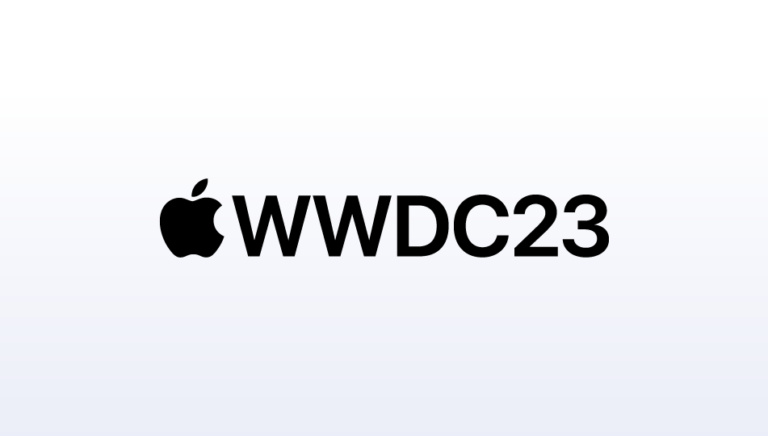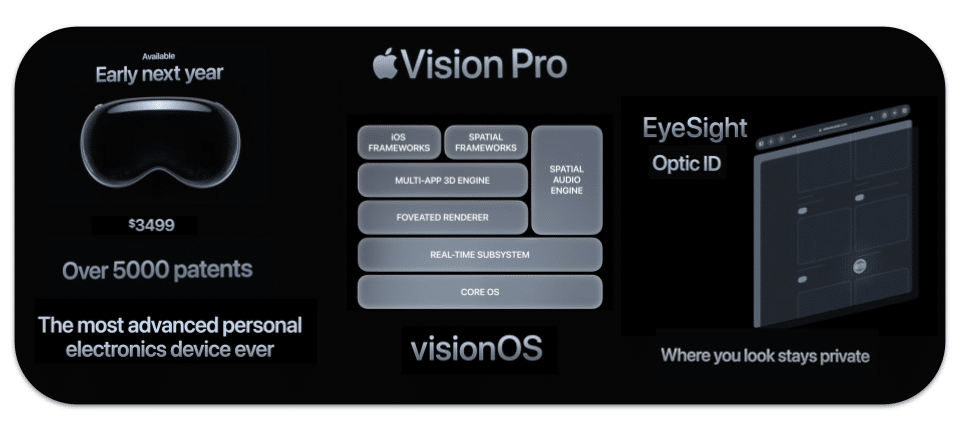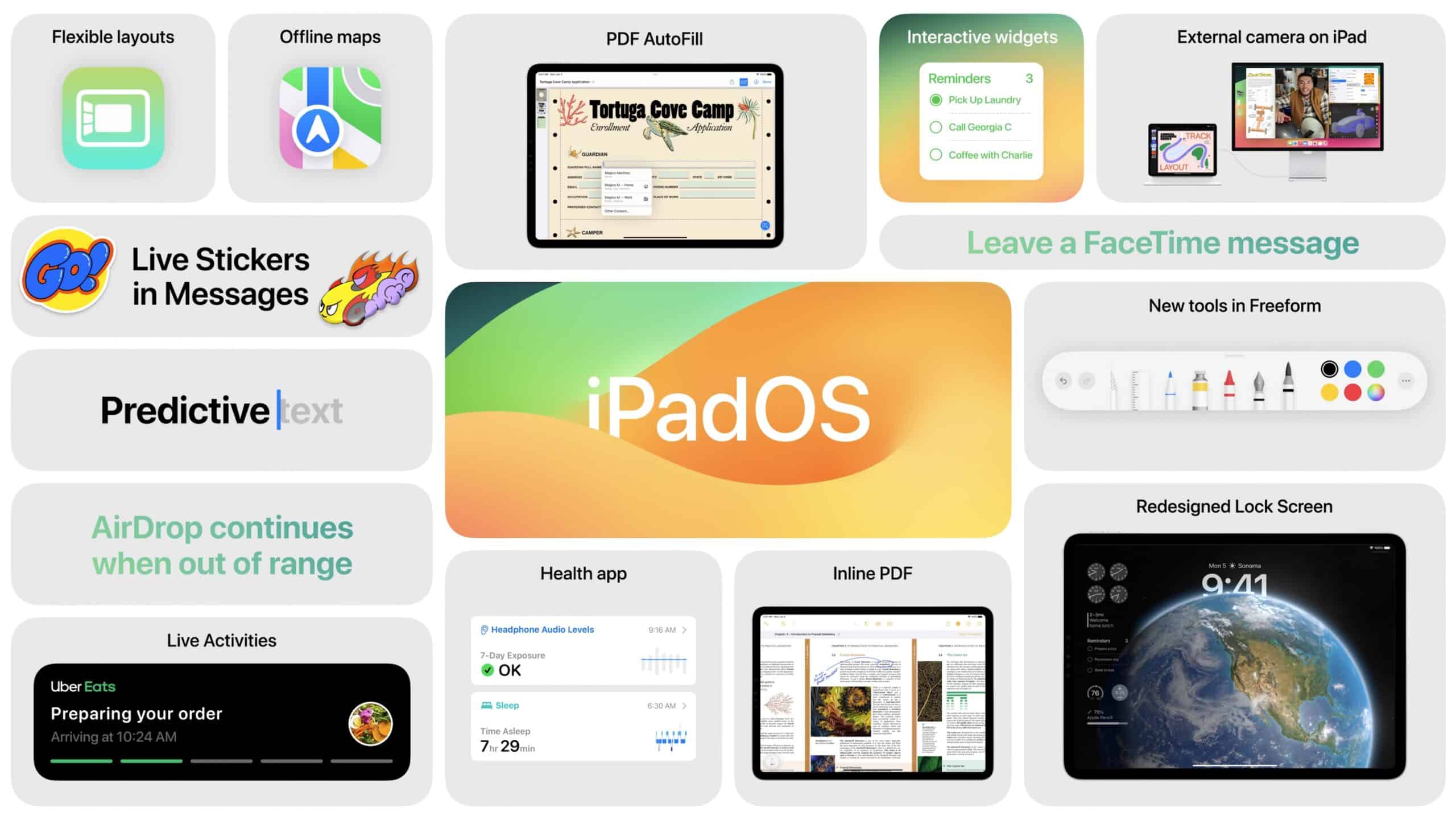Another year of Apple’s Worldwide Developers Conference (WWDC) has come to an end. While buzz around the new Vision Pro (and its price tag) has dominated headlines, there were plenty of updates — including SKAdNetwork 5.0 — that warrant mentioning.
In this blog, we’ll discuss the key themes from our WWDC 2023 Recap webinar and their implications for the mobile industry. For a deeper dive into Apple’s privacy updates, check out this post from Branch’s Head of Product, Alex Bauer.
Apple’s privacy journey and disruptive updates at WWDC 2023
First, some context. In 2020, Apple announced iOS 14, App Tracking Transparency (ATT), SKAdNetwork, and plans to restrict IDFA access. The announcements made significant waves in the mobile world, signaling Apple’s commitment to user privacy and reshaping the advertising industry.
In 2021, Apple announced iOS 15, Private Relay, and Hide My Email. Though less disruptive to mobile marketers and product managers, the changes reinforced Apple’s focus on data protection and tracking prevention. Fast forward to last year. We got SKAdNetwork 4.0 (a major improvement from previous versions), clarification on ATT, and changes to pasteboard access — but no major privacy announcements.
In comparison, 2023 brought potentially more disruptive updates. These updates include an array of tools to assist developers in complying with existing privacy policies — and make workarounds more difficult.
WWDC 2023 scorecard: What’s new
To summarize, here’s what’s new in 2023:
- Vision Pro
- Notable privacy updates
- SKAdNetwork 5.0
- App Tracking Transparency compliance clarifications
- iOS 17 and iPadOS 17
Vision Pro
Apple finally announced its long-awaited headset, shepherding us into the “era of spatial computing.” Set to launch in early 2024, the headset will hit stores at a retail price of $3,499. Tim Cook, the CEO of Apple, promised that it will “shift the way we look at technology and the role it plays in our lives.”
The Vision Pro comes equipped with visionOS — a new spatial operating system that can be controlled by the user’s eyes, hands, and voice — Optic ID, and a dual-chip design with M2 and R1. It also has a new App Store, Spatial Audio system, and EyeSight which allows users to see those around them while using an app.
For app users, the headset will provide an “infinite canvas” to use, arrange, and scale digital apps in our physical environments without having to wait for developers to adapt them. Sounds cool, but it’s yet to be seen how the sticker shock (and appearance of the headset) will impact adoption.
Notable privacy updates
While many in the mobile industry were relieved to hear that Apple did not introduce changes to App Tracking Transparency this year, there were meaningful updates and implications.
First, a quick recap on ATT: Apple introduced the framework in 2020 to block “tracking,” which it defined broadly as any activity related to advertising and data brokers. ATT gated IDFA access, introduced policy limitations against other forms of cross-company “tracking,” and reiterated that policy prohibitions against fingerprinting continue to apply.
The problem, though, was that Apple didn’t take steps to enforce the policy part of ATT. So, many companies just kept on fingerprinting. Now, Apple has introduced a suite of smaller updates to various APIs and pieces of developer tooling to enforce its fingerprinting policy at a technical level.
“Apple gave signals that fingerprinting does have an expiration date. We’ve been living in a bit of purgatory for the past few years because fingerprinting has understandably proliferated as a workaround to adopting privacy-safe attribution methods. The industry needs to brace for next year now that we understand Apple’s approach to enforcement. It’s not an easy transition to make, but thankfully there are partners like Branch and InMobi to help folks along.” — Sara Camden, Head of Product Marketing at InMobi
Among the updates are standardized Privacy Manifests that outline app and third-party framework privacy practices, SDK signing to ensure the authenticity of third-party software, and required declarations for iOS functionality that could potentially be used for fingerprinting. Apple also announced the arrival of SKAdNetwork 5.0. The new version will support re-engagement attribution (app opens) and is set to come “later this year.”
Luckily, app developers and mobile marketers won’t shoulder the whole responsibility of implementing the new changes. Vendor partners like Branch will handle providing privacy manifests, signing SDKs, and updating SDKs and backend infrastructure.
Read more details on Apple’s privacy changes and guidance on what app developers and marketers should do next. As always, reach out to Branch with any questions.
iOS 17 and iPadOS 17
While privacy didn’t make it into the keynote, iOS 17 did. Apple announced that the new version will be publicly released later this year for anyone with an iPhone XS and newer, and it’s already available in beta for those with Apple developer accounts. With iOS 17 will come a set of updates aimed at polishing and personalizing the user experience, like Live Voicemail, Contact Posters, and FaceTime video messages.
For developers, Apple highlighted some new tools, including:
- TipKit: Educates users on app functionality by providing the right tips at the right time.
- SharePlay API: Lets users share real-time experiences while connecting via FaceTime and Messages.
- App Shortcuts: Automatically surfaces app features in Spotlight when users search for an app.
Now to iPadOS 17. Apple announced some substantial updates that will bring it closer to parity with iPhones. Among the coming changes are interactive widgets that users can place on their iPad Lock and Home screens, like Photos or Music. iPadOS 17 will also enable lock screen customization, allowing users to change their photos, clock displays, and layouts. Plus, Apple announced new PDF features, including machine learning (ML) capabilities that automatically identify form fields and suggest autofill information.
On both iOS and iPadOS, the new versions are bringing more opportunities for interactivity and productivity. It’s also worth noting that though many of this year’s improvements are ML-based (like autocorrect, adaptive audio, and voicemail transcription), there’s no sign of generative AI.
Hardware: New Macs and Apple Silicon
Vision Pro wasn’t the only hardware update at WWDC 2023; Apple announced three new Macs and the M2 Ultra chip. These updates mean Apple has officially moved away from Intel-based Macs. Here’s what’s new:
- 15-inch MacBook Air: Priced at $1,299+, the new model hit stores on June 13. Apple described it as the “world’s thinnest laptop” and equipped it with a silent fan design, 1080p camera, six-speaker sound system, and M2 chip.
- Mac Studio with M2 Max and M2 Ultra chips: Apple also announced its second-generation Mac Studio models. According to Apple, it’s six times faster than the powerful Intel-based iMac.
- Mac Pro with M2 Ultra Chip: The desktop tower now features the new M2 Ultra Chip with 24-core CPU, up to 76-core GPU, and support for up to 192GB of memory. Apple also says it’s up to three times faster than the previous Intel-based model.
In general, Apple’s hardware announcements signal an increased focus on gaming, especially with its investment in Apple Silicon chips.
“Thanks to these Mac Pros and a new Gaming Portal Toolkit, PC gamers now have a lot more options. This also follows the announcement that at least 13 PC center games are coming to macOS.” — Sam Edwards, Product Marketing Manager at Branch
As Apple put it, “…for PC users, there’s never been a better time to switch to a Mac.”
That’s a wrap for WWDC 2023
As we gear up for 2024, mobile marketers and app developers should be prepared to embrace the privacy-first era of app performance and leave legacy ID-based tactics behind.
To hear the Branch team discuss the latest developments in more detail, tune in to our on-demand WWDC 2023 Recap webinar.


























